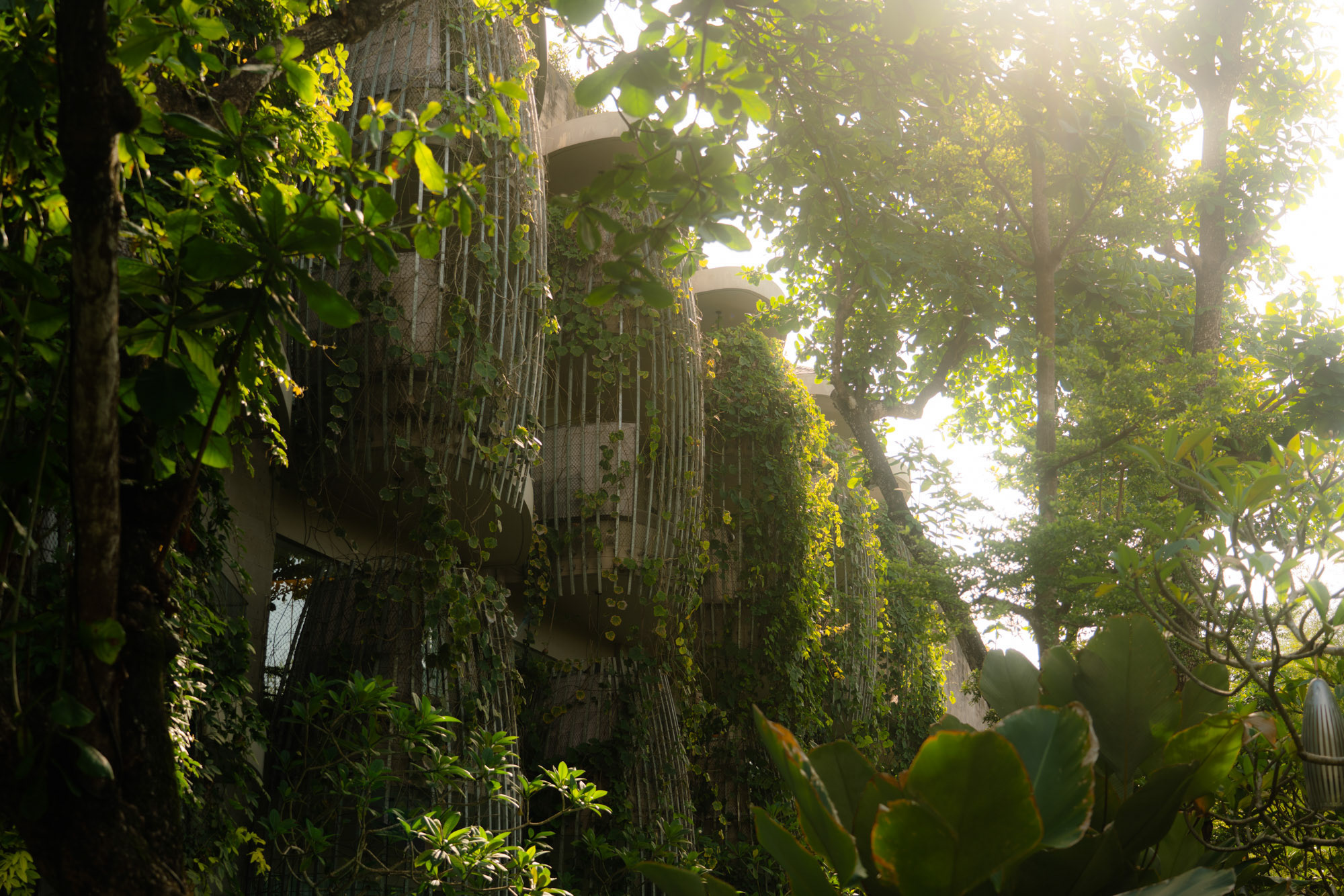With a long-standing interest in antiquations, anonymity, and regional history, I seek to photograph subjects in a transitory cycle. Through photographs, a moment in time is frozen forever. It becomes a physical document. My focus lies with abandoned structures, with the realization that they can be viewed as unwanted, or as eye-sores. There is history within their walls and even outside their walls. They are an integral part of the landscape, of the local history. Their presence and history remain in the photographic record. These structures have personal significance to their owners or residents, and they still have significance sitting empty. I appreciate and recognize their omnipresence and aim to capture that in the images I create.
Below is the first of my "Abandoned in Illinois" series. The photos depict what remains of the Manteno State Hospital in Manteno, Illinois. In 1927, funding was secured to build this psychiatric institution in rural Manteno, Illinois. It was to be the 10th state hospital in Illinois, the largest in the state, and the third largest in the country. It officially opened in 1930, with 100 male patients. As the patient population grew throughout the years, the state hospital expanded as well. In 1954, the patient population peaked at 8195 men and women. In 1985, the Manteno Mental Health Center closed. After its closing, some of the buildings were re-developed into the Illinois Veteran's Home of Manteno. There is currently only one building that remains abandoned. During my photographic session, I aimed to photograph the areas that patients would have access to, like the bull pen and cafeteria. I also photographed the abandoned building that remains standing.
Please visit http://www.mantenostatehospital.com for more information.
All photos are the property of Megan Quigley.

















